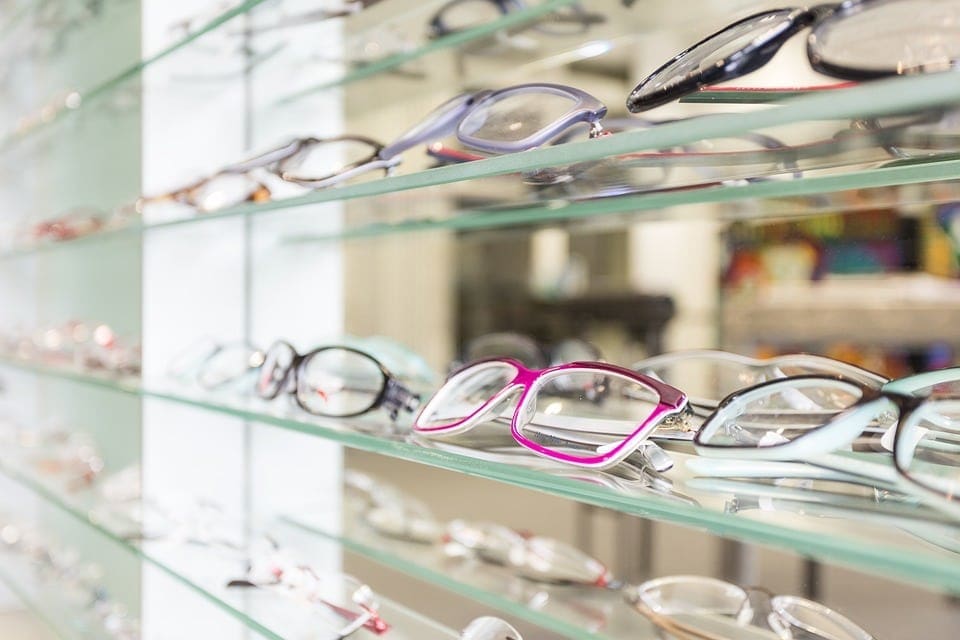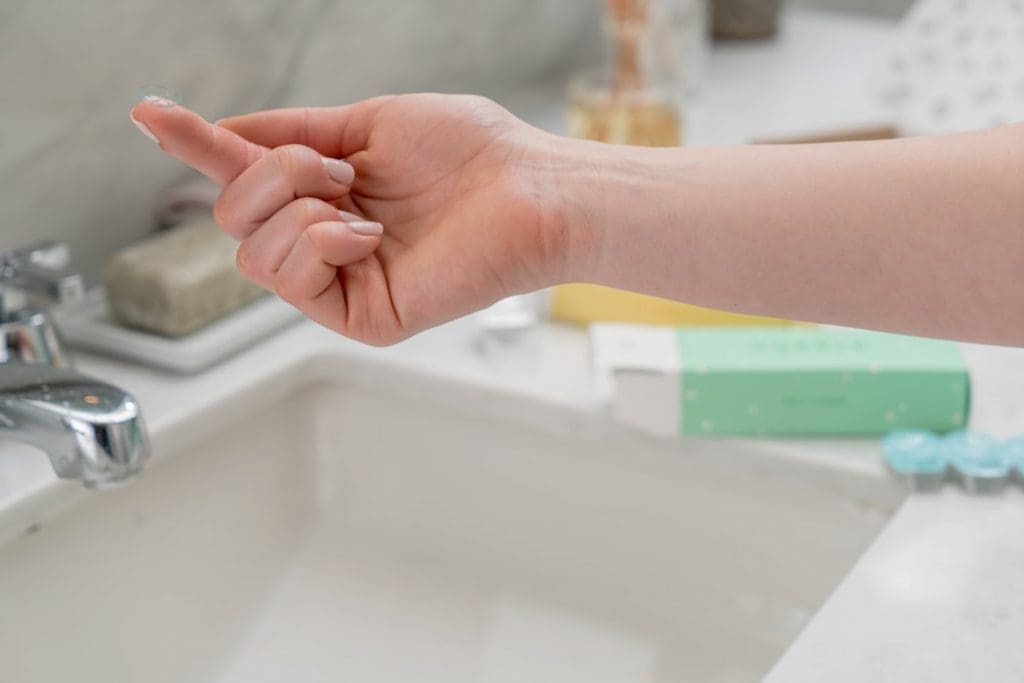Advantages and Disadvantages of Various Types of Contact Lenses
Whether you’re shortsighted or longsighted, contact lenses might be the most efficient and the most practical solution for you. However, the decision to get contact lenses instead of glasses isn’t the only one you’ll have to make. There are several types of contact lenses, each one with its own advantages and disadvantages, which can make it confusing and difficult to actually choose the type that suits you best. In order to pick the right contact lenses, you should get familiar with what their good and bad sides are. Here’s the information you need.
Why choose contacts instead of glasses
 Image credits
Image credits
One of the reasons contact lenses will be a much better choice than glasses is that they move with your eye, providing you with a natural field of view. Since they do not have frames and go straight on your eye, contact lenses won’t be able to obstruct your vision in any way. Also, this makes them much more suitable for people who practice sports and other physical exercises because they won’t have to think where to put their glasses and fear they might get broken along the way. Unlike glasses, contact lenses will never fog up or get splattered by rain jeopardizing your vision in return.
Many people believe they look immeasurable in contact lenses. Contact lenses will also offer a much safer and more natural sight, and Pure Optical is a great place to get those lenses. However, you must have in mind the fact that contact lenses require much better care than glasses. You’ll have to clean and disinfect them regularly, so you’ll need to be ready for a whole new routine in your life if you want to prevent eye-infections and keep your eyes healthy.
The two main types of lenses
The first contact lenses were produced decades ago and were made of a type of plastic. These were hard lenses. However, due to various shortcomings, they are rarely in use anymore, and instead of them, people generally opt for rigid lenses. Rigid lenses are also known as gas permeable or RGP lenses and even though their design and looks are quite alike hard lenses, there is one important difference. Namely, the RGP lenses are made of a material permeable to gases.
The second type is soft contact lenses. These are a bit bigger than the RGP ones and far more flexible. They are also made of materials allowing them to absorb liquids, which provides the oxygen transfer to the cornea. Also, unlike the RGP lenses, the soft ones are impermeable, meaning that the water they take in is what oxygen is carried through.
RGP lenses
Due to the type of plastic they’re made of, which is somewhat flexible, these lenses allow oxygen to transfer to the eye. Their advantages include improved vision, as well as their ability to correct the majority of vision issues. They can also be used by people with astigmatism who have been advised against soft lenses. Since, unlike soft lenses, they don’t contain any water, there is a much smaller chance of them attracting any bacteria, which means a lower probability of an eye infection. They last longer, are easy to clean and don’t tear easily, since they’re made of durable materials.
If you maintain them adequately, they can last for over a year. If your prescription stays the same throughout the years, you’ll be able to use RGP lenses up to three years. This also means that you don’t have to replace them often and as such, they are cost-effective. They cover a smaller surface of your eye than soft lenses and are custom-made for each individual patient, which makes them comfortable to wear. When talking about the disadvantages of RGP lenses, one of them might be the adaptation period. Because of their shape, size, and the material they’re made of, many people experience the sensation of “lens awareness” once they start wearing them. This means that, when they blink, they can feel the edge of the lenses underneath their eyelids. So, it might take up to a couple of weeks to get accustomed to wearing them, but after that, they can even be more comfortable than soft lenses.
Soft lenses
Soft lenses are made from flexible plastic which makes them much easier to adjust, unlike hard contact lenses. There are several types of soft contact lenses, first of which are daily-wear ones. These are made of soft and flexible plastic, which provides oxygen with a clear passage to your eye. The advantages of these lenses include a very short adaptation period, being more comfortable than the RGP ones and usually not being dislodged as easily as them. They’re also great for an active lifestyle since they can be bought in a version that doesn’t require any cleaning.
The disadvantages are that they aren’t fit to correct all vision issues, that they don’t provide as sharp vision as the RGP lenses, that they have to be replaced often and that you have to visit your ophthalmologist regularly in order to get follow-up care. If you opt for extended-wear contact lenses instead, you probably won’t have to take them out at all for about a week, and some of them can be worn for a month. You can wear extended wear lenses even overnight while you sleep, but you’ll need to clean and disinfect them on a weekly basis.
On the other hand, the drawbacks are that they can’t correct every vision problem, that they need to be monitored regularly and by a professional, and that they could increase the chance of certain eye-health complications. The third soft-lens option is the extended-wear disposable lenses. These can usually be worn for up to six days before being discarded, although there are those lenses which you can wear for 30 days. They require almost no cleaning at all, they lower the risk of eye infection, and they come in different colors. However, they may not provide you with as sharp vision as the RGP lenses, they aren’t able to correct every vision issue and they might be problematic to handle.
Proper lens care is vital


If you choose to wear contact lenses, you’ll have to make sure you clean and disinfect them regularly if you want to keep your eyes healthy. Multipurpose solutions will clean your lenses nicely, in less than a minute. However, if you’re sensitive to the preservatives in contact lenses solutions, you can choose those containing hydrogen peroxide instead. The contacts should always be dry before you put them into your eyes because your eyes can become irritated if the solution comes in contact with them. Make sure you replace your contacts frequently, to prevent the build-up of lens deposits which increase the risk of eye infections.
Final thoughts
If you’ve noticed that your eyesight is getting weak, but you do not want to wear glasses, contacts are then your only choice. Once you get your prescription, make sure you know exactly which type of contacts will suit your eyes. Therefore, keep these tips in mind because they may come in handy as some sort of a guide to choosing lenses. If you’re serious about it, make sure you get your eyes checked by a specialist and ask them what kind of lenses they would recommend for you specifically.
Cover Image credits




